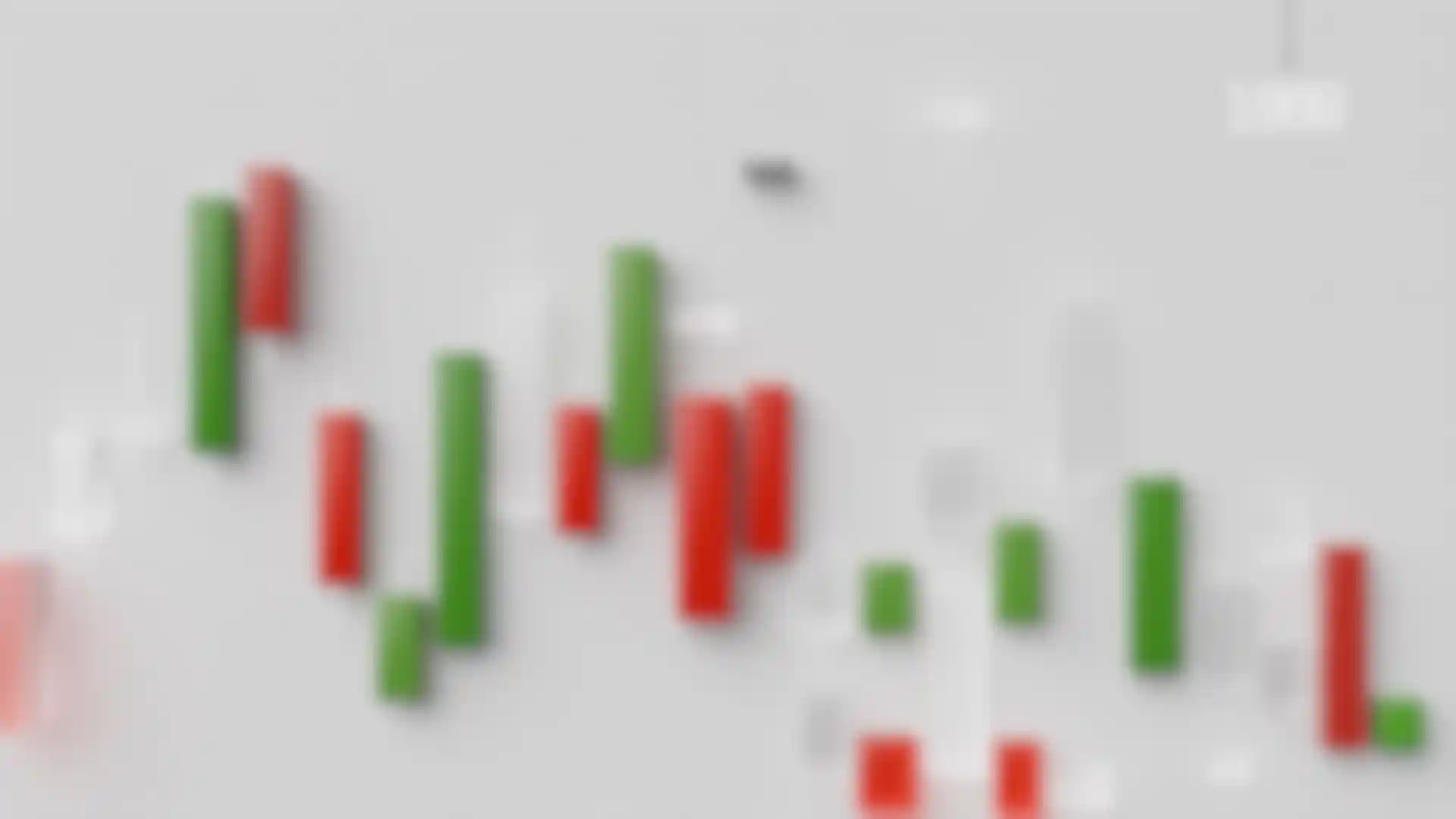
Who Says Finance Can’t be Visually Interesting? The Mill explains the story and design behind their 3D animated spot for Bloomberg.
Flashy motion graphics pieces are the perfect way to go for some projects. But sometimes there has to be more to the visual story. That was the case recently when Bloomberg asked The Mill to create a 30-second spot for Interactive Brokers, a brokerage firm that serves customers all over the world.
Building on Bloomberg’s brief, Mike Schaeffer, head of design at The Mill, and senior designer Wendy Eduarte Briceno, who served as art director, came up with a storyline that emphasized Interactive Brokers’ long history as a firm while veering away from a traditional timeline. Using Cinema 4D, After Effects and Redshift, they opted to tell the brokerage firm’s story in a clean, modern, abstract way.
“They were originally thinking of using a timeline to show how Interactive Brokers has stayed on top of things over the years, but Wendy and I have seen a million timeline projects, so we wanted to do something that felt like a timeline but wasn’t,” recalls Schaeffer, who directed the video.
Central to the spot was a handheld device that Interactive Brokers’ Thomas Peterffy introduced to the financial world in 1983. Using Peterffy’s own computer programs, the device is known for paving the way to modern-day digital trading. For Schaeffer and Briceno, the big question was how to make that retro-looking device fit with visuals depicting today’s high-tech trading world.
“We didn’t even know what the device looked like for the longest time and then we got one picture of it from the front, so we didn’t have much for reference,” Schaefer says. It helped that The Mill had a very collaborative relationship with the client, working closely with Bloomberg’s agency, Bloomberg Creative Studio, so they were able to get sign off on showing the device only briefly and then taking some creative license with the rest of the spot.
Developing the Story and Look
To ensure smooth communication from the start, The Mill storyboarded the entire spot and rendered it in Cinema 4D before diving into the project. It’s a step Schaeffer likes to take with most projects so that everyone can see what’s working and not working before a lot of time has been invested.
To give the spot the sense of history it needed, The Mill opened on an iconic symbol of financial communication, ticker tape. The idea evolved over time as Briceno played around with things like perforated paper and how a roller could be used to visualize the evolution of trading. “We even talked about making the ticker tape blank but, after talking more with the client, we realized that maintaining the numbers on the tape was important before we moved into technology that was more abstract,” Briceno says.


“Redshift was the perfect tool at the beginning of the process so we could look dev the feel of the ticker tape material,” she continues, explaining that the team was able to quickly audition paper texture maps and colors, as well as translucency and how the ink was faintly embossed into the material. That same base setup for the initial look was carried on throughout and improved continuously during the production process, staying in the same workflow through animation and final rendering.
Getting the look of the spot right was tricky in a few different ways, particularly the “white world” setting of the piece. While white worlds are often synonymous with minimalism and modernity, they can also look sterile or muddy if you don’t get the needed bit of gray just right. “In terms of art direction, I think there’s something very beautiful about what lighting and textures can bring to a white world,” Briceno says. “Even adding one extra level of something can give the hint of warmth white worlds need.”
In this case, Briceno used a few extra lights on the ticker tape rollers to get the tone of white she wanted. Because they wanted to stick to using just three or four colors, she and Schaeffer thought a lot about how to use color strategically while considering the play of light and shadow.
Using Abstraction Strategically
Though Bloomberg had originally suggested including a shot of the New York skyline, Briceno thought that the spot would flow more smoothly if the visuals were more abstract. “Figuring this part out was the most fun for me,” she recalls, “because I got to try different ideas for sticking to the storyline but also tying the spot together in a playful way.”


Ultimately, the team went with Briceno’s idea to use C4D to create and abstract city that gives way to a graph made of what looks like red and green candlesticks representing the client’s tools being used on a laptop. Using a combination of MoGraph and hand-animated curves, the team animated the city and bar graph elements working forwards and backwards to match Bloomberg’s software to make the transition perfectly seamless.

The spot ends with the laptop morphing into a tablet and ultimately a phone showing Interactive Brokers’ user interface. All three of the gadgets are intentionally unidentifiable in order to give the spot a sense of timelessness. And showing the UI across multiple platforms also helped made clear the versatility of the client’s tools.
In it’s final form, the spot extended the visual story quite a bit beyond the client’s original brief, and they were very happy with how it turned out. “You wouldn’t really expect a financial services project to be interesting from a design perspective, but it worked because they were such a great partner and really collaborated with us all along the way,” Schaeffer says.
